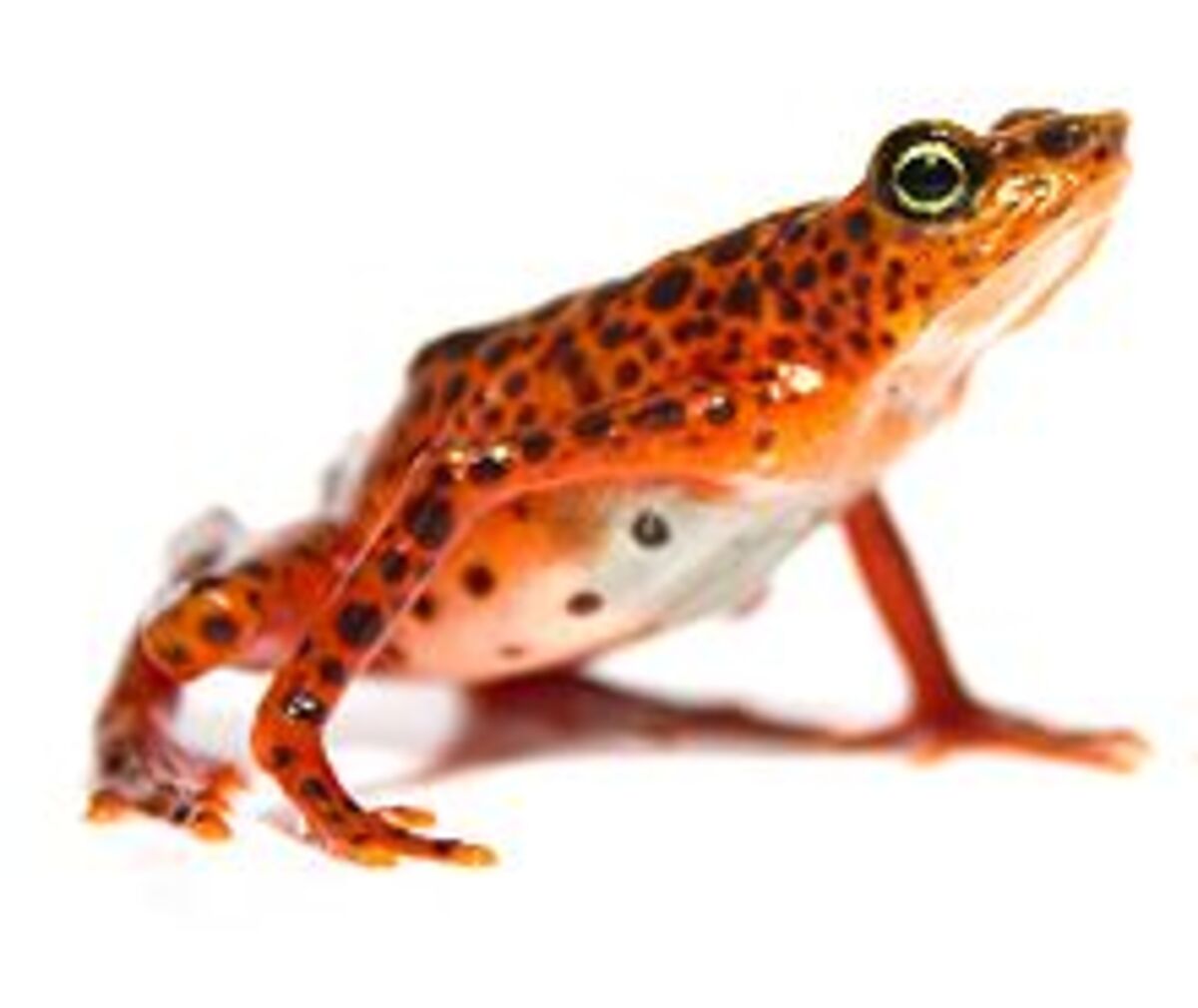The worst disease ever recorded
A new study led by Ben Scheele from the Australian National University, estimates that Bd has caused the decline of more than 500 amphibian species. Of these, 90 have been wiped out entirely. Another 124 have fallen by more than 90 percent, and their odds of recovery are slim. Never in recorded history has a single disease burned down so much of the tree of life.
In the 1970s and ’80s, amphibian experts began sharing ominous anecdotes about once-plentiful populations that had mysteriously disappeared. Streams once full of eggs were clear. Nights once resonant with ribbits were silent. Nothing about the habitats had changed, save for their sudden, inexplicable froglessness. No one knew what the problem was, let alone the culprit. Steele’s analysis shows that by the point the fungus was finally identified, in 1998, it had already done the brunt of its lethal work. At least 60 species were already extinct, and hundreds more were dying.
Bd is perhaps the perfect frog killer. While some diseases affect only specific hosts, Bd covets nutrients found across amphibian skins, and so targets the entire group indiscriminately. It spreads easily through the water, and it persists outside its hosts. The fungus hasn’t acted alone; humans have been its unwitting accomplice. Genetic studies have suggested that Bd had originated somewhere in Asia. From there, one especially virulent and transmissible strain spread around the world in the early 20th century—a time when international trade was booming. Thus, the killer strain eventually spread to five other continents.
Once in a new place, Bd is hard to dislodge. A typical disease might cause an epidemic and burn out, only to be later reintroduced from a reservoir. But once Bd arrives, it doesn’t fade out, and it cannot be removed. Like rats on islands, it becomes a nigh-permanent fixture of the areas it invades. Limiting its movements remains the best strategy, and that means curbing the wildlife trade. “Moving wildlife around the globe can and does have devastating consequences,” a fellow researcher says. “There’s more awareness of the impact of invasive species like cane toads and rabbits, but Scheele's paper highlights that it may be the inadvertent hitchhikers—the parasites and pathogens we don’t see—that cause the most biodiversity loss.”
Encouragingly, the pace of decline has eased. Better still, 60 species have begun to show glimmers of recovery. But no one knows whether this means that frogs have managed to eke out an evolutionary truce with Bd, or whether further outbreaks are to come. That’s possible if the fungus makes it to Papua New Guinea—a thus far Bd-free stronghold that is heaving with amphibians. The virulent, globe-hopping strain has also hybridized with indigenous varieties, raising concerns that hybrids could behave unpredictably.
Some researchers have set up captive-breeding programs to buy time for species in contaminated habitats. Others are looking at ways of manipulating the fungus, or breeding more tolerant frogs, or pairing the frogs with defensive bacteria, or relocating frogs to sites that are inhospitable to the fungus. None of these solutions is a silver bullet, and none is close to readiness. It says a lot about the scary nature of the disease that even after intense, long-term collaborations nobody has yet come up with a viable solution to combat the killer fungus.
This article originally appeared in The Atlantic Magazine.

